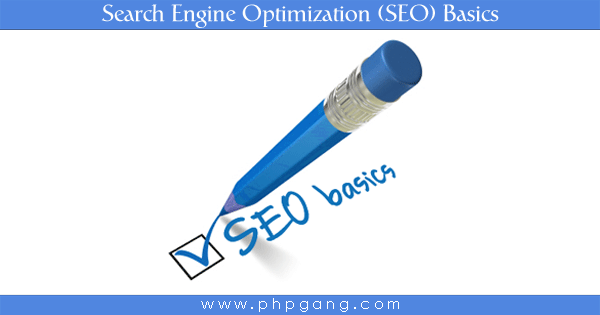Search Engine Optimization (SEO) Basics Part 2
The world of Search Engine Optimization (SEO) is largely subjective and often results provided by experts do not yield substantial results. This is partly due to the nature of search engines like Google. Although Google is seen as altruistic by many, its main purpose is making money. It makes more money if it provides highly relevant search results to the user queries and people would not use it if it provided irrelevant results.

Heading tags
Heading tags in HTML are written like <h1>Heading here</h1> and vary from h1 to h6 while h1 is the most important and h6 is the least important. Many people actually use the headings for visual purposes (because headings are bold and big by default) which is a great loss in terms of SEO. The headings should be descriptive and are a great way to highlight key content.
An example of a bad heading is: <h1>Welcome to mySite.com</h1>. Despite seeming important for you to welcome your users in big and bold letters a heading is not the way to do it. This heading shows no meaning to the search engines and tells nothing about the page and the content. Furthermore, who will search for Welcome to mySite.com?
SEO Books
- SEO 2015 & Beyond :: Search engine optimization will never be the same again (Webmaster Series)
- 500 SEO Tips: Essential Strategies To Bulldoze Through Google’s Rankings, Increase Traffic and Go Viral
- The Art of SEO
On the recipes page, a better alternative for the heading would be <h1>Chinese Dumplings in stew with chicken</h1>. Even making the heading <h1>Dumplings</h1> would be much better because it highlights the content and would be relevant to the subsequent content.
Image’s alternative text
The alt="" attribute of <img> tags provides alternative text to images when they are not available. This could happen where the image’s path is broken, the image has been deleted, the user is viewing the webpage on a screen reader, or when a search engine spider indexes our pages. It is actually required when adding images in the HTML specification. It is really useful because such users would not be able to parse anything from your images if it is lacking and it is yet another way to structure your content.
A bad alternative text could be:
<img src="..." alt="a picture of me">
You can make it much better if the alt is instead:
<img alt="Ivan Dimov on the Eiffel Tower">
Other techinques
There are many other techniques which SEO experts use to reach the business goals.
You can use split testing and provide different layout, visual appearance or positioning of elements of a page to different users on a random basis to see which alternative is selling your products better. You can measure the difference with tools such as Google Analytics. Also, you can see which parts of the page are clicked on the most and which are never clicked with heatmaps. There is a number of plugins for WordPress that do this and libraries out there.
Heatmap.js by Patrick Wied is particularly popular. You can find it at:
Final SEO Tips
- Avoid 404 page not found errors and redirect users whenever your site’s structure changes.
- Create XML Sitemaps and automate them so they get updated each time a new page is added or updated.
- Test and test often.
Tutorial Categories:








Nice work friend….